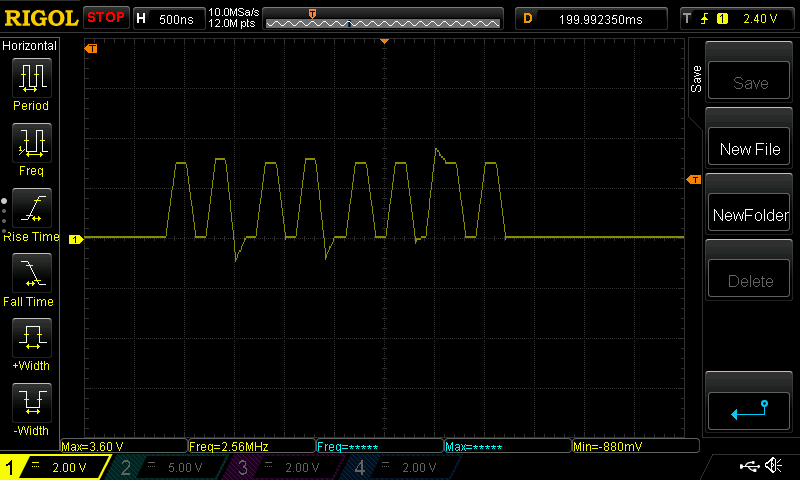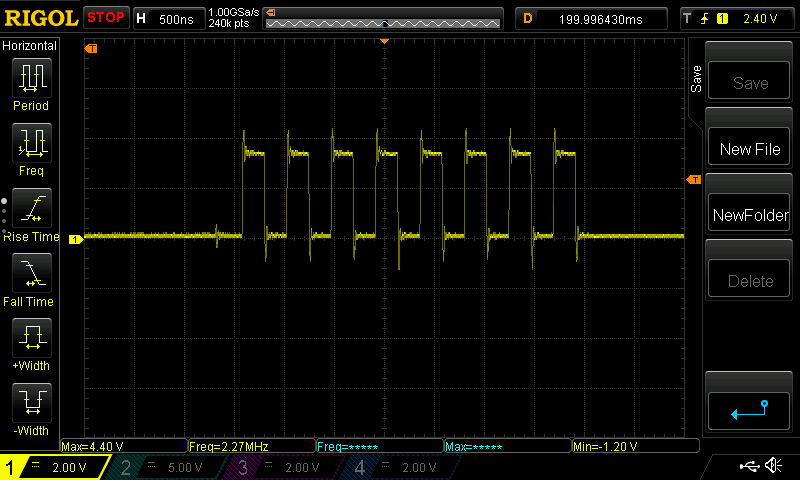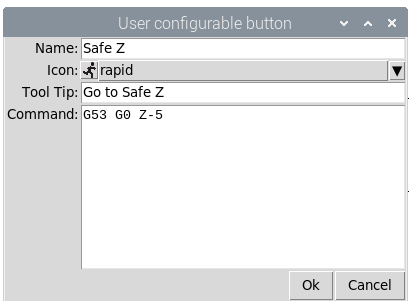SMD is cooler….when a machine does all the work. At the prototyping phase (and assuming you don’t have all the fancier tools specific to the tiny world of SMD), SMD parts take longer to solder, often require a heat gun to remove, and offer no convenient place to hook your oscilloscope probe to. Bodge wires with any hint of durability are much more difficult and time-consuming in SMD land. In short, compared to thru-hole resistors, SMD resistors are a total pain if a person is engaged in an epic battle. If your battle isn’t all that epic, it won’t matter, but who the hell meddles with non-epic battles?
I learned this the hard way in my senior Capstone project back in engineering school. I had a 100mm x 100mm PCB board with a gigazillion components on it. We used a simple voltage divider before an op-amp to scale our voltage for reading with an ADC. All I had to do was swap out 2 resistors to accommodate us moving up to a much larger voltage. This is something that would have taken me 1-2 minutes if I had all the right tools and 2-3 minutes almost the right tools with thru-hole. My school wasn’t equipped for SMD parts. I had to bring in my heat gun from home. Because the board layout was so tight, even with plenty of Kapton tape to protect the good components, I ended up blowing off 4 or 5 extra components off the board. (I was in a rush. That didn’t help.) Of course, these were specific SMD components and I was crawling around the floor looking for them. In the end, the whole mess could have been avoided if I had just used thru-hole resistors.
Obviously, most of the best chips these days are SMD and many of them offer no DIP-style thru-hole option. In those cases, I’ll gladly use the SMD chip and then break it out with 2.54mm header pins and such to allow for maximum protectivity in battle.




